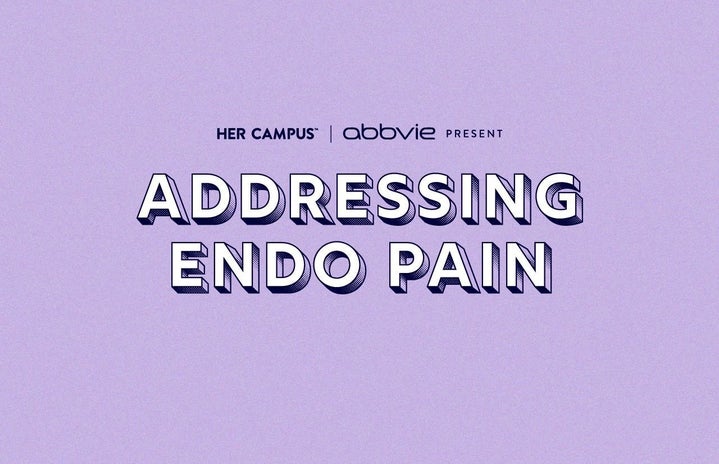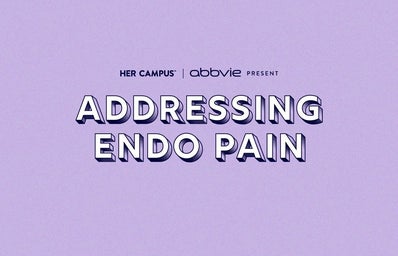According to Endometriosis.ie, between 2-10% of all girls, women and transgender people are affected by Endometriosis, with up to 50% of all infertility cases relating to the disease.
Endometriosis is a common chronic (long-term) condition where tissues that normally grow inside the uterus start to grow outside it (typically in your ovaries or fallopian tubes).
Endometriosis triggers a chronic inflammatory reaction which leads to pain and sometimes, adhesions (these develop when scar tissue attaches separate organs together). Pain and symptoms may be worse at certain times during your cycle due to your fluctuating hormone levels.
Symptoms of Endometriosis can begin before your first period and for most persist throughout their lives – sometimes even continuing into menopause.
Symptoms of Endometriosis can include:
Pelvic pain or pain in the abdominal area, which can usually worsen during your period.
Period pain that impacts your daily activities
Pain during or after sex
Feeling sick, constipation, diarrhoea, or blood in your urine during your period
Difficulty getting pregnant.
Heavy periods are also a common symptom of endometriosis.
For many, ovulation is the most severe time in terms of pain. Some with endometriosis experience severe pelvic pain, while others have no symptoms or brush off their symptoms as being period cramps. Celia, the owner of a small business called Art School Dropout, first experienced pain from endometriosis when she was 15.
“I started to experience intense back pain from the age of about 15, around the time of my period every month.” She told me about how it only got worse, and that there was little she could do to relieve the agony.
“It got progressively worse, to the point where I would be on the floor writhing in pain, unable to do anything to relieve it,” Celia added.
Bowel or bladder discomfort can also present as a symptom of endometriosis.
It’s important to visit your GP if you are experiencing these symptoms on an ongoing basis, especially if they are severely impacting your daily life.
Endometriosis is noted as one of the leading causes of infertility, though the numbers appear to be good, with an estimated 60-70% of those with endometriosis going on to conceive. This can of course be increased with the removal of endometriosis and therefore it is so important to visit your doctor if you spot any of these symptoms.
Endometriosis can be quite difficult to diagnose, with many of the symptoms being the same as other conditions. As Celia states, “the problem with endometriosis is that the only way to diagnose it is through surgery called a diagnostic laparoscopy.”
Having had bad experiences with doctors who had just prescribed painkillers to Celia after she had explained her pain and symptoms to them, she decided to go to a specialist and was later diagnosed with stage 3 / 4 endometriosis.
Unfortunately, there is no cure for endometriosis, although there are several treatment and management options available, with the best course of action being decided depending on your situation. Treatments can include painkillers, contraceptives, hormone medicines and sometimes surgery to remove the endometriosis.
Celia was fortunate enough to have had all the endometriosis removed before it affected her ovaries and described the recovery as “long and very painful,” but understands the importance of having it done. “Now seven months on I’m feeling so happy that I went through with the surgery when I think back on the pain I experienced for so long,” she says.
Endometriosis can be difficult to live with both mentally and physically but there are supports out there. I would recommend heading to your GP if you notice any of these symptoms and especially if they have been ongoing.



